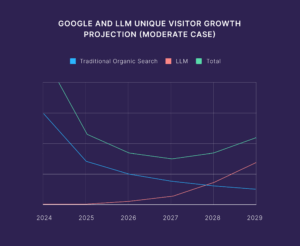“Unveiling the Silent Revolution: How AI is Shaping Content in 2024 and the Hidden Opportunities Awaiting Savvy Innovators!”
Amid the cacophony of headlines surrounding artificial intelligence, it’s easy to get swept up in sweeping claims about trends—and sometimes those claims miss the mark entirely. Take, for instance, last year’s buzz surrounding the idea that training materials for AI were “disappearing.” This notion gained traction from a preprint paper dubbed “Consent in Crisis: The Rapid Decline of the AI Data Commons,” which was subsequently echoed by prominent outlets like The New York Times. Yet, before we collectively wring our hands over this supposed data vanishing act, let’s pause. Is it possible that what’s really at play is a shift in the way content owners are asserting their rights, rather than a literal absence of data? With 175 zetabytes of data anticipated to be generated in 2025 alone—yes, that’s 21 zeros worth—we’re clearly not running out of material to work with. So, let’s dig deeper into why the narrative around AI training data feels so thin and what it means for the future of content in the digital age.
LEARN MOREGiven the onslaught of stories about AI, it should not be surprising that reporting of “trends” will sometimes miss the mark. For example, last year there was a reported trend arguing that training materials used for AI were “disappearing.” This was advanced by a preprint entitled “Consent in Crisis: The Rapid Decline of the AI Data Commons,” and was then picked up by outlets such as The New York Times.












